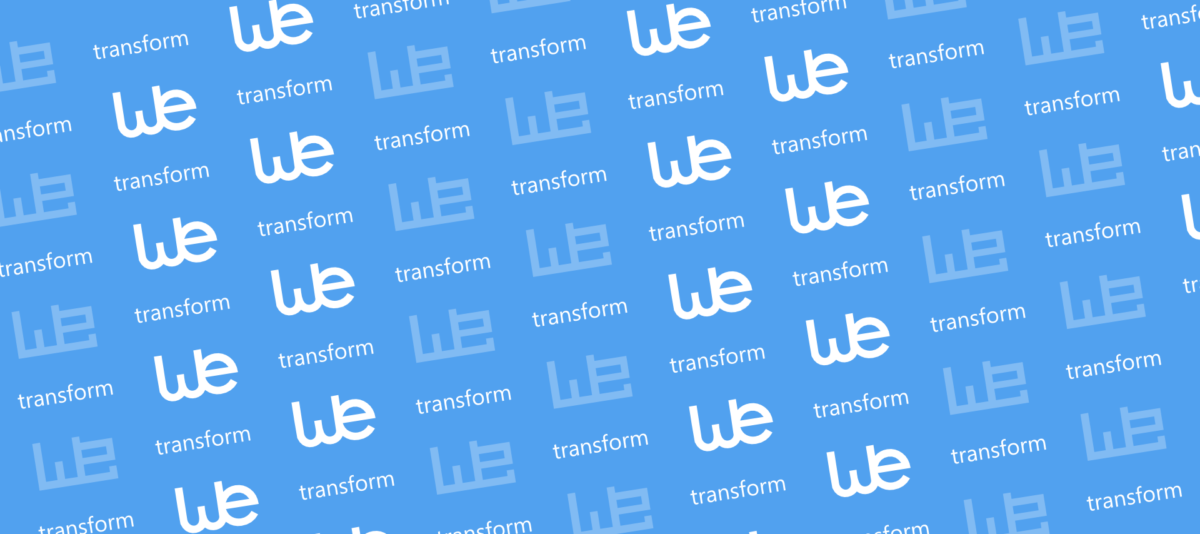
Future Forests: How INSPIRE can save our forests
At wetransform, we fully support INSPIRE implementers since we think that key problems can be better solved through cross-border, accessible and useable, harmonised data. In February, we have started a new project that heavily builds on harmonised INSPIRE data to solve a critical issue: The massive ecological and economic impact of climate change on our forests.

Forests are subject to numerous stressors: extreme weather events such as heat, drought and heavy rainfall, pests such as bark beetles and air pollutants. Even tree species that were considered to be stable have suffered from these stressors in the last years. As a result, forest experts face new challenges. They have to identify stands that are at a high risk of being endangered. For each location, they need to find optimal forest development types, tree species and intraspecific varieties. Their measures must ensure that the biodiversity of forests and economic yields are maintained despite climate change.
The factors that influence the general vitality and productivity of forests (climate, weather, soil, geology, morphology, biodiversity, age mixing, etc.) are complex and interconnected. Forest experts consider these in the planning process. However, an in-depth analysis of these variables and their interconnectedness is still a big challenge.
A keystone of new approaches is, like in many other industries, a shift to data-driven decision support. Data on the aforementioned factors can form a basis for more effective and faster decision-making, but gathering useful data is not an easy task. The sheer size and complexity of environmental data related to forests ensures that. To compound matters, this data is held by different organizations, which usually have diverse use cases and use different schemas, formats and semantics. For example, one organization may represent the topographic data of a forest region in a shapefile, and another organization may represent the topographic data of a neighbouring region in the same forest as a GML file.
Forest experts thus depend on a wide range of data sets that are acquired from different sources. This interdisciplinary knowledge transfer is a challenge, but is also mission critical. High quality data acquisition and data integration are a precursor to the forest experts’ data driven decision-making and ultimately to the survival of our forests.
To help forest experts and owners to deal with these issues, wetransform has initiated the FutureForst project. FutureForst is a Phase I Artificial Intelligence Lighthouse project co-funded by the German Zukunft-Umwelt-Gesellschaft (ZUG) association. Through FutureForst, forest owners receive comprehensive decision support that has been adapted to their specific situation and goals. These recommendations are based on harmonized data such as the forest inventory, weather, pest development and air pollution.
In order to provide this decision support, we currently evaluate deep-learning methods and “Explainable AI” approaches such as Semantic Reasoning and Bayesian Belief Networks together with our partners, Minerva Intelligence GmbH and the Forstliche Versuchsanstalt Baden-Württemberg.
With the "Explainable AI" approach, the system can generate comprehensible results with accessible recommendations for action. Explainable AI methods enable users to see which variables of the input data lead to which outcome. These can be adjusted by experts and laypersons in any depth and checked for plausibility. On this basis, experts and laymen can then decide which forest development types and tree species can be established as "future forests" - forest ecosystems that can withstand climate change.
In a further step, different climate forecasts can then be taken into account and forest conversion scenarios can be simulated. In addition, a solution forum will be offered where users and partners can exchange information on their approach.
The data that is core to the approach is harmonised and published with wetransform’s tools, hale»connect and hale»studio. These tools have already been used by hundreds of organizations to consolidate heterogenous stacks into harmonized data that can be easily analysed. Afterwards, components of Minerva’s AI suite are used for the analysis and development of explainable recommendations based on the harmonized data.
When this project is finished, we aim to provide a FutureForst solution that offers:
- Always up-to-date, homogeneous data basis
- Complete picture of the environment including real-time stressors such as pest infestation
- Highly local, explainable recommendations for action based on international data
- Solution forum for users and partners
We are currently executing open remote workshops on this project every two weeks.
These workshops provide opportunities to learn about what the concrete outcomes of the project are, and to contribute experiences and requirements. The workshops are themed as follows:
- 15.04.2020: End user scenario development
- 29.04.2020: Existing and missing data
- 13.05.2020: AI Approaches and Algorithms
Reach out to us to stay updated on the project's progress and let us know how your country is dealing with this challenge:



